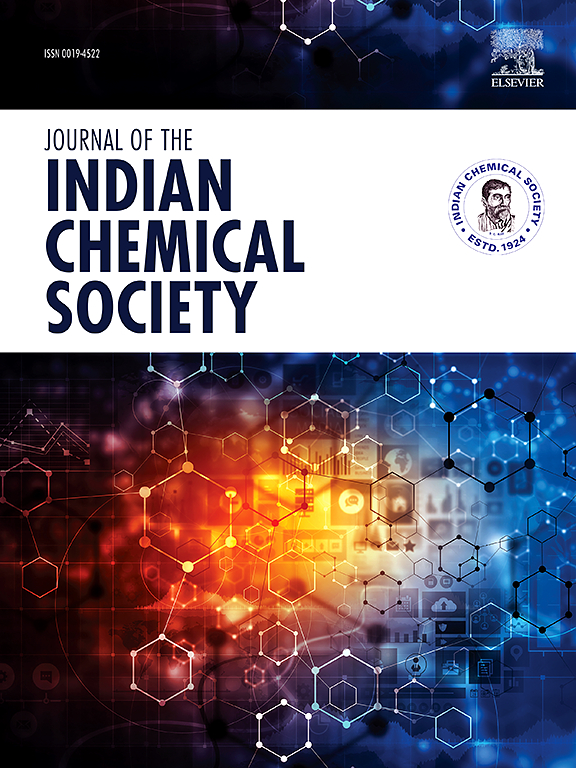Fabrication and characterization of Ca-BTC metal-organic framework/polylactic acid/gelatine porous composite as a bone tissue engineering scaffold
IF 3.2
4区 化学
Q2 CHEMISTRY, MULTIDISCIPLINARY
引用次数: 0
Abstract
The main aim of tissue engineering (TE) is replacement or regeneration of organs or tissues that are damaged by injuries or diseases. In this study, a novel porous composite scaffold, Ca-BTC MOF/PLA/Gelatine, was prepared by incorporating a Ca-based metal-organic framework (Ca-BTC MOF) into polylactic acid (PLA) and gelatine mixture. PLA/Gelatine scaffold was also fabricated as a control. The as-obtained materials were studied by various techniques such as FT-IR (Fourier-transform infrared), XRD (X-ray diffraction), SEM (scanning electron microscope), and EDS (energy-dispersive spectroscopy) elemental mapping. The EDS elemental mapping and SEM images confirmed the homogeneous dispersion of the Ca-BTC MOF particles into the porous scaffold. Additionally, SEM images confirmed the interconnected porous morphology of the as-prepared scaffold. The obtained scaffold was evaluated in terms of structural and biocompatibility properties, as well as its ability to promote bone development. In vivo studies confirmed that the Ca-BTC MOF/PLA/Gelatine scaffold has superior bone formation capability compared to the PLA/Gelatine group. Additionally, this scaffold exhibited enhanced bone formation compared to the control. These findings suggest that the Ca-BTC MOF/PLA/Gelatine scaffold is a promising material for bone regeneration, with potential applications in orthopedics.

求助全文
约1分钟内获得全文
求助全文
来源期刊
CiteScore
3.50
自引率
7.70%
发文量
492
审稿时长
3-8 weeks
期刊介绍:
The Journal of the Indian Chemical Society publishes original, fundamental, theorical, experimental research work of highest quality in all areas of chemistry, biochemistry, medicinal chemistry, electrochemistry, agrochemistry, chemical engineering and technology, food chemistry, environmental chemistry, etc.

 求助内容:
求助内容: 应助结果提醒方式:
应助结果提醒方式:


